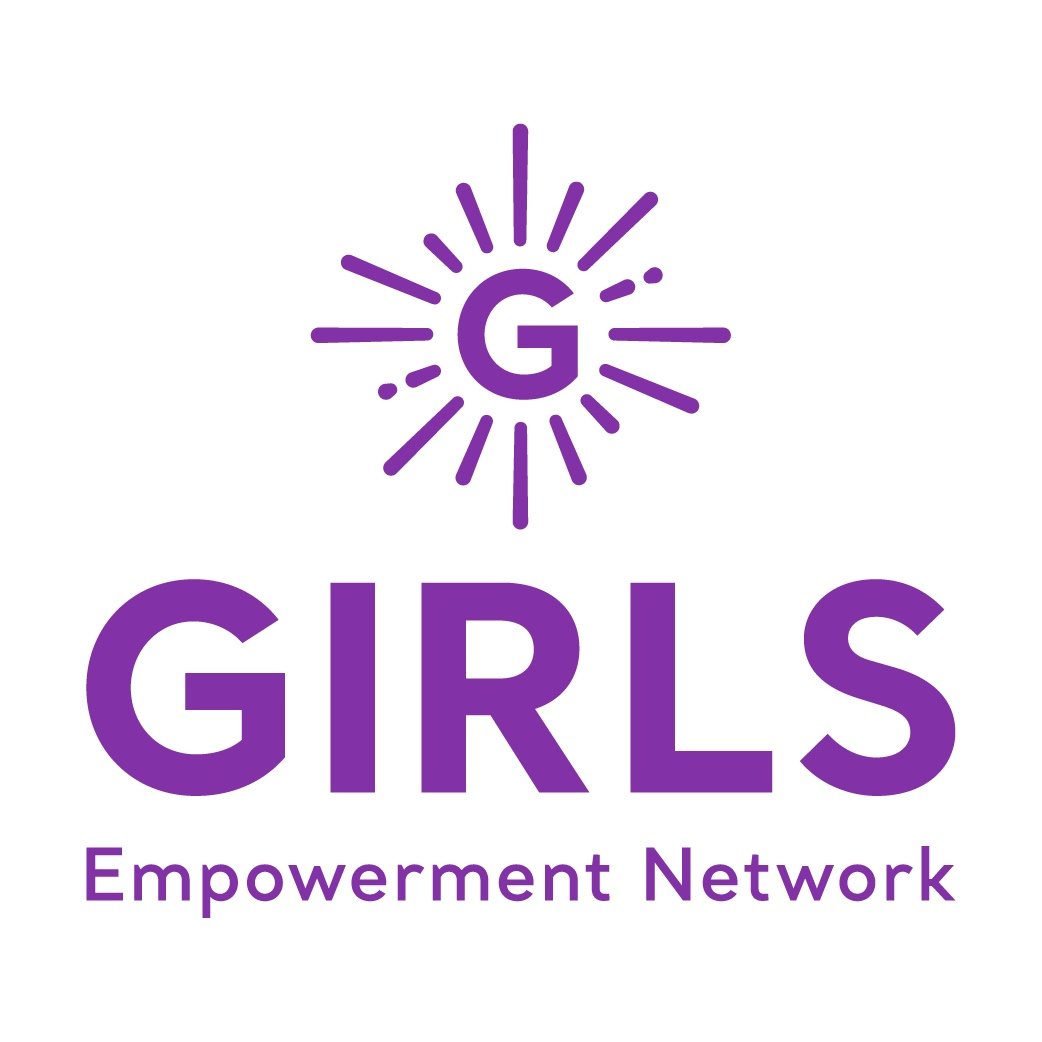Social Media Trends: Insight About #thinspo, #fitspo and #proana
Content note: This blog post contains triggering material related to disordered eating. It is intended as an educational resource for parents and other adults.
With the prevalence of social media, teens can connect with each other more than ever. According to Common Sense Media, most teens view social media as a positive aspect of their lives; a way that they can stay connected with those around them. While social media sites can be a positive and great way to interact within a community, some teens are using social media platforms, such as Tumblr and Instagram, to create communities centered around self-harming behavior.
The pro-ana movement is one of the largest, female dominated self-harm communities, in the social media realm. Pro-ana sites are based around the idea that eating disorders, primarily Anorexia Nervosa, are not illnesses, but a lifestyle choice. Social Work Today, acknowledges the immensely negative influence that these sites have on girls, a “study of more than 1,500 participants found that viewers of pro-ana/pro-mia websites had higher levels of eating and body image disturbances.” An additional study compared the outcome of participants viewing pro-ana websites to viewing female fashion websites that use standard-sized models. Those who were exposed to pro-ana websites had lower social self-esteem and lower appearance self-efficacy in comparison to those who viewed other sites.
Many pro-ana sites use creative “words of the trade” in their social media tags and posts to help mask their secret world. Listed below are eight key words that are being used within online spaces that promote disordered eating as a lifestyle.
• Thinspiration (thinspo)– A combination of thin and inspiration. Generally, consists of images, videos, and quotes that are used as an inspiration to be thin. Pictures can range from women who have naturally thin bodies to emaciated women, and spotlights specific body parts, like protruding collar bones, hip bones, and thigh gaps.
• Fitspiration (fitspo)– A combination of fit and inspiration. Generally, consists of images, videos and quotes that are used as fitness inspiration. Experts believe that fitspiration can be just a dangerous as thinspiration, in that a lot of its’ messaging stems from negative body talk and fatphobia.
• Thigh Gap– refers to a diamond shaped gap between a girl’s inner thighs when she stands with her feet together. Whether a girl’s thighs touch or not is more dependent on bone structure rather than one’s weight, but many girls still reference it as their ultimate thinspiration.
• Bikini-Bridge– refers to the way a girl’s bikini bottoms are suspended between two protruding hip bones. The bikini bridge started off as a hoax from social media site 4chan, but has quickly become the newest “thinspo” ideal.
• Ana/Mia– The female personification of Anorexia (Ana) and Bulimia (Mia). Many pro-ana followers paint Ana as an omnipotent being that is to be worshiped and will bless you with beauty and perfection, if you follow her “thin commandments.” Many of the girls in this movement view Mia as the devil to Ana’s angel. Mia represents a lack of control, because bulimic practices are generally used as a plan B, when extreme calorie restriction fails.
• Pro-Ana/Pro-Mia– Online blogs and communities that promote Anorexia and Bulimia as a lifestyle choice. While some say that pro-ana and pro-mia sites provide a space for girls to express themselves and find support with like-minded people, many blogs feature unhealthy thinspiration, extremely restricted diet plans, and tips on how to hide an eating disorder from family and friends.
• Rexie/Rexy– a term used by those in the Pro-Ana movement to self-identify. One Pro-Ana blogger described it as: “If u want sympathy for your “disease”, you are anorexic. If you want respect and admiration for your lifestyle of choice, you are a rexie.”
• Red Bracelet Movement– Many in the pro-ana communities have begun wearing red bracelets as a way to identify with other “rexies”, show their pride in being Pro-Ana, as well as provide a constant reminder of their ultimate goal.
While social media spaces can seem scary, we can continue to support the girls in our lives by creating a safe place for an open dialogue about healthy attitudes towards body image and self-esteem. Check out GENaustin’s blog on opening a dialogue with the girls in your life about positive body image.
